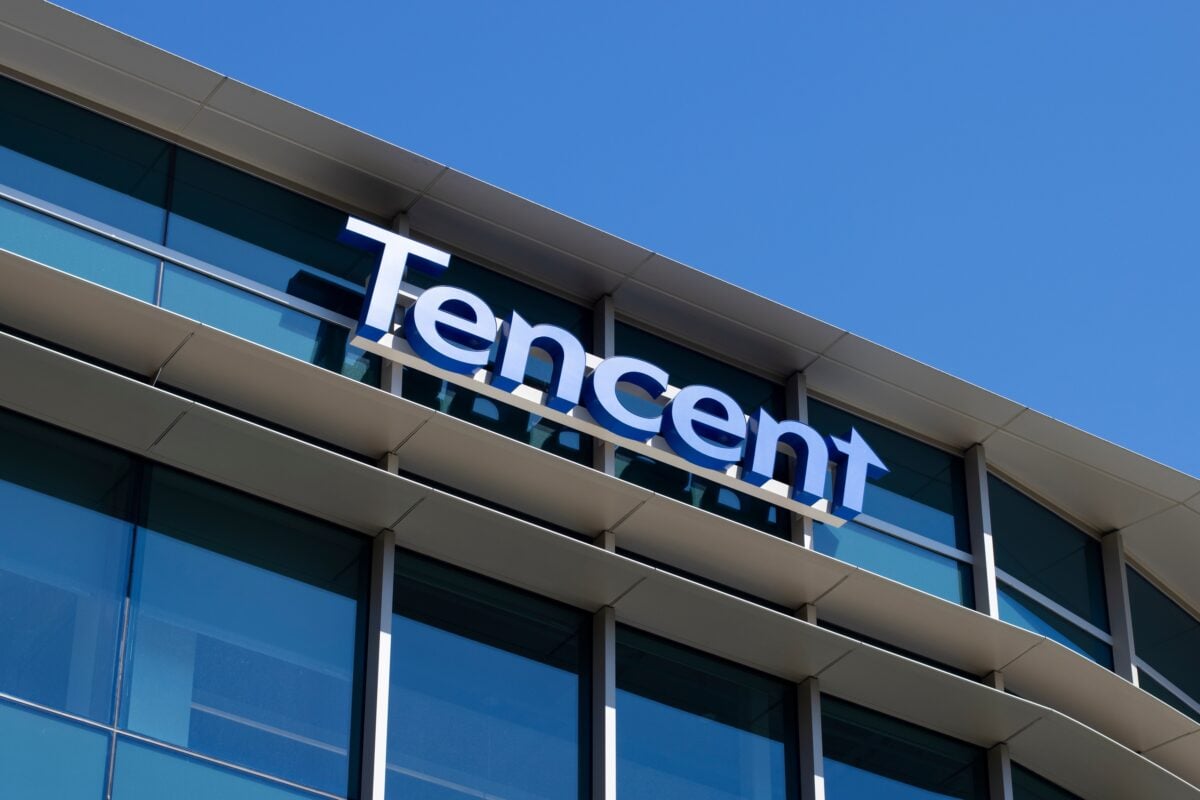Solana Active Addresses Hit 12-Month Low as Network Activity Cools
The number of active addresses on the Solana blockchain has fallen sharply to 3.3 million, marking a 12-month low.
The drop represents a major pullback from January’s peak of more than 9 million, when the network surged amid the memecoin boom that brought record transaction activity.
According to data from @SolanaFloor, the decline signals a potential cooling phase for one of the fastest-growing ecosystems in crypto. Network activity, once fueled by speculative tokens and high retail engagement, appears to be consolidating after months of hypergrowth.
From Boom to Cooldown
Earlier this year, Solana became the epicenter of crypto’s memecoin mania. Tokens like BONK, WIF, and dozens of low-cap airdrops pushed daily transactions and wallet activity to record highs. Retail traders rushed in, new wallets exploded, and Solana’s performance as a fast, cheap Layer-1 drew praise from across the industry.
But since that frenzy faded, data shows activity has been steadily declining. Many of the wallets created during the memecoin run have gone dormant, leaving behind a thinner base of active participants.
While this pullback looks sharp, analysts argue it’s part of a normal cycle. Solana’s on-chain numbers have often reflected speculative waves, activity spikes during token hype phases, then cools as markets correct.
Prediction Markets Reflect Cooling Sentiment
The slowdown in network activity is also being reflected in prediction markets. Odds of Solana ($SOL) reaching a new all-time high before 2026 on Polymarket have fallen dramatically to 6%, down from 56% just a month ago.
That’s a stunning shift in sentiment, highlighting how traders are reassessing Solana’s near-term trajectory after a strong run earlier this year.
Despite this dip in optimism, Solana remains one of the best-performing crypto assets of 2025, outpacing both Bitcoin and Ethereum over several quarters. The latest data may suggest a short-term pause rather than a long-term reversal.
ETF Flows Tell a Different Story
Interestingly, while on-chain activity has dropped, institutional inflows into Solana-based exchange-traded funds (ETFs) tell a different story. For 12 consecutive days, Solana ETFs recorded $18.1 million in inflows, even as Bitcoin and Ethereum ETFs together saw outflows totaling $461 million.
Cumulative inflows into Solana ETFs have now reached $369 million, a sign that institutional investors remain confident in the network’s long-term fundamentals.
These inflows contrast sharply with the narrative of retail fatigue. While smaller traders step back, large investors appear to be positioning for the next phase of Solana’s growth, possibly linked to its expanding DeFi, NFT, and gaming ecosystems.
Reading Between the Metrics
The divergence between retail activity and institutional participation paints a nuanced picture. Active wallet counts are often tied to retail sentiment, which can be volatile and driven by short-term hype. ETF inflows, however, tend to reflect deeper strategic positioning, investors betting on Solana’s infrastructure, scalability, and developer traction rather than memecoin trends.
Solana’s fundamentals remain strong. The network continues to lead in transaction throughput, maintain low fees, and attract builders through its developer grants and hackathons. Major protocols like Jupiter, Marinade, and Tensor still see consistent engagement, and new liquidity initiatives continue to emerge.
The coming quarters may reveal whether the current dip in activity is a natural cooldown or an early sign of broader fatigue across the Solana ecosystem.
A Broader Context for Solana
The entire crypto market has seen shifts in activity distribution this quarter. Bitcoin and Ethereum have dominated headlines due to ETF dynamics and macro developments, while Layer-1 ecosystems like Solana and Avalanche have faced alternating surges and slowdowns.
In Solana’s case, its strength lies in speed and accessibility. As the network matures, its ability to retain users beyond speculative trading, through sustainable DeFi, GameFi, and social applications, will determine its staying power.
Analysts believe Solana’s biggest challenge isn’t performance, but user retention. Once the hype of memecoin trading cools, networks must offer consistent reasons for users to stay engaged, such as yield opportunities, decentralized identity tools, or integrated consumer apps.
What’s Next for Solana
Market watchers will be keeping a close eye on several indicators in the coming weeks:
- Whether daily active users stabilize above the 3M mark
- How ETF inflows behave as Bitcoin and Ethereum continue to see outflows
- The pace of developer activity and upcoming protocol launches
If institutional accumulation continues, Solana could emerge from this phase stronger, with a more balanced mix of retail and professional participants. But if activity continues to fall, it may signal a deeper cooling period ahead of 2026.
For now, Solana’s story remains one of contrasts, slowing wallets, rising institutional inflows, and a community debating whether this is consolidation or decline.
One thing is clear: the network’s fundamentals remain intact, even as its hype cycle pauses for breath.
Disclosure: This is not trading or investment advice. Always do your research before buying any cryptocurrency or investing in any services.
Follow us on Twitter @nulltxnews to stay updated with the latest Crypto, NFT, AI, Cybersecurity, Distributed Computing, and Metaverse news!
You May Also Like

According to Market Analysts This $0.012 AI Token Could Be the Best Investment of the Decade — Ozak AI’s 41,000% Potential Outshines Ethereum’s Early Growth

Crypto On Alert: Raoul Pal Hints At Macro Twist Post-US Govt Shutdown
